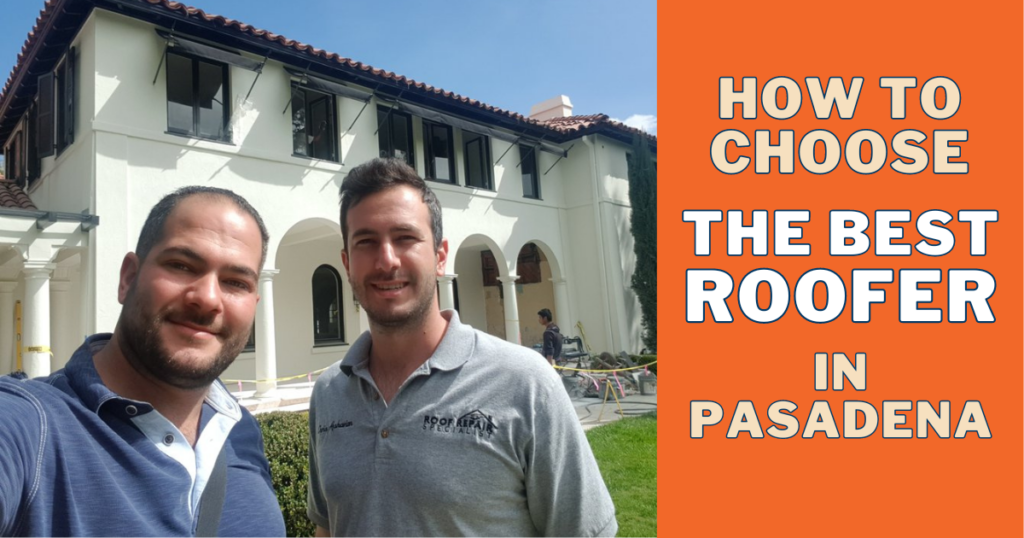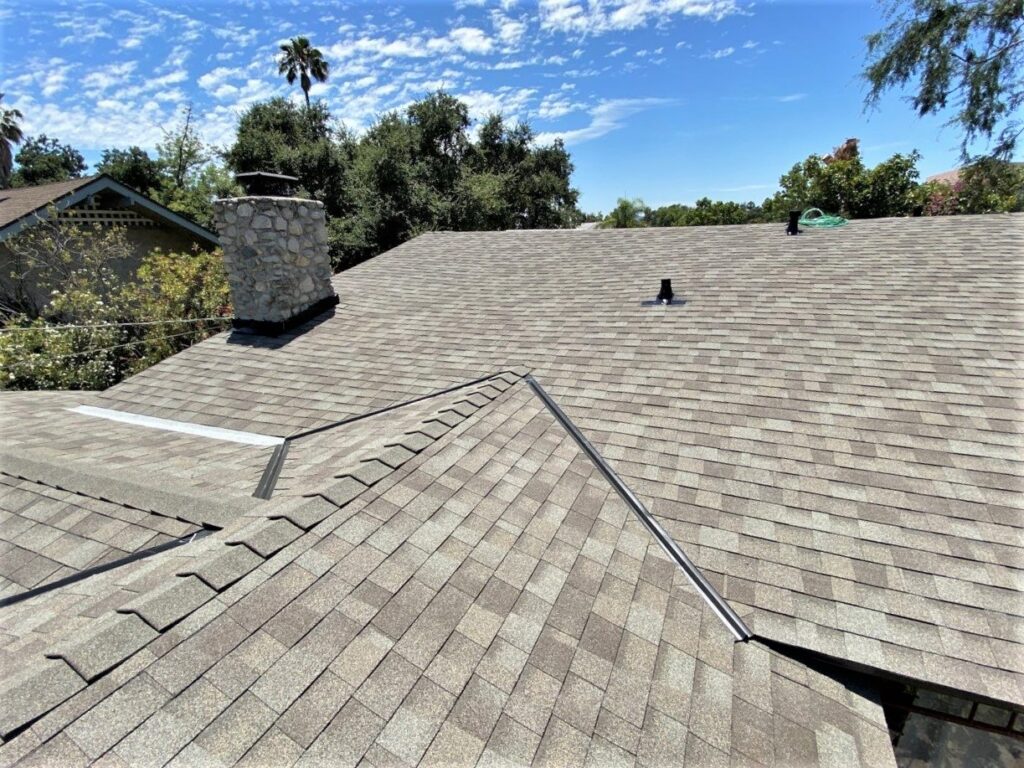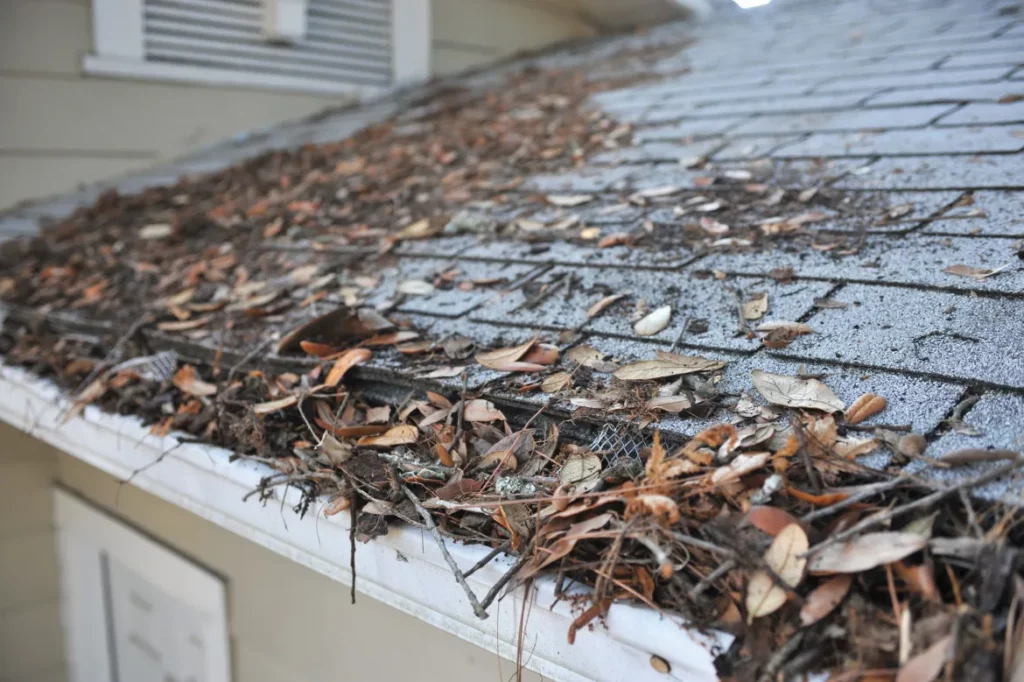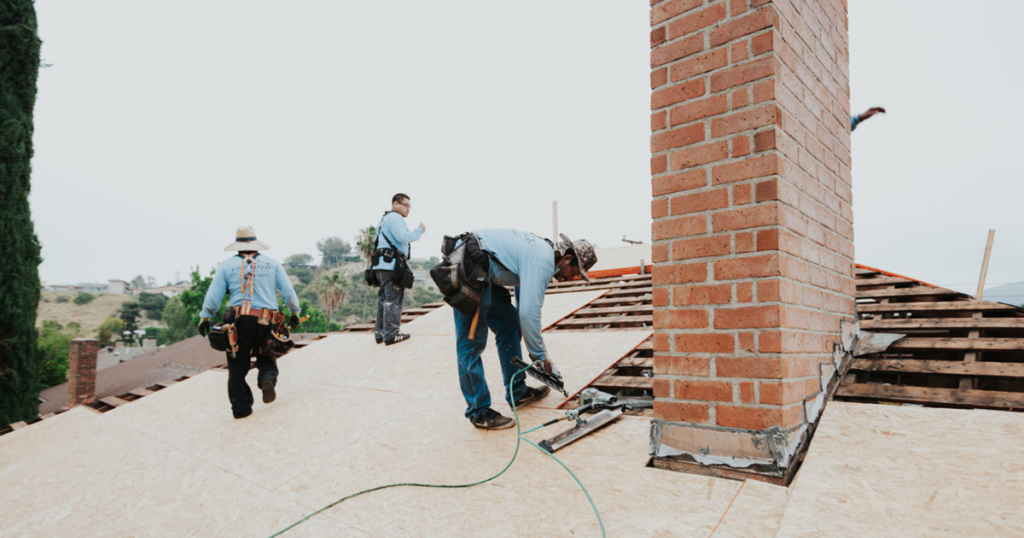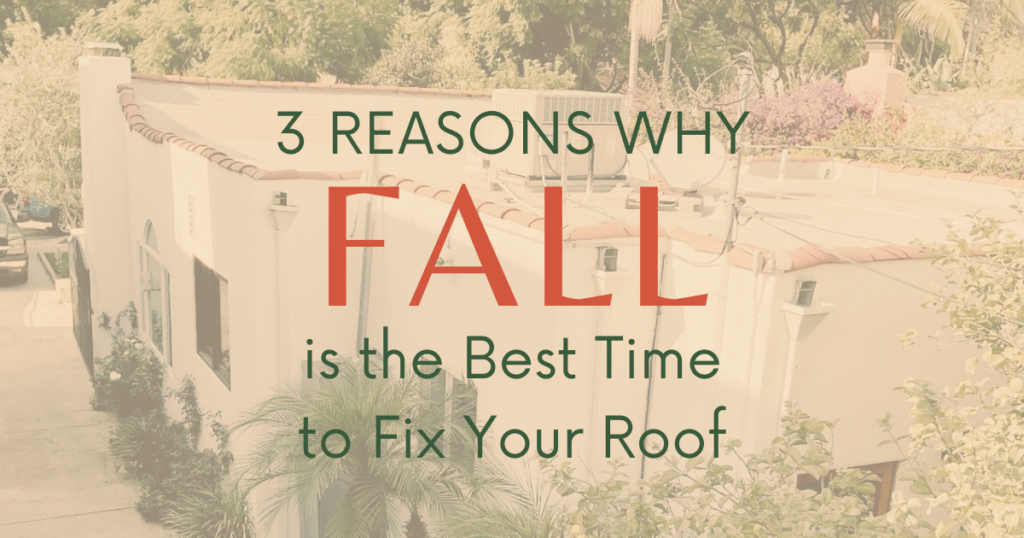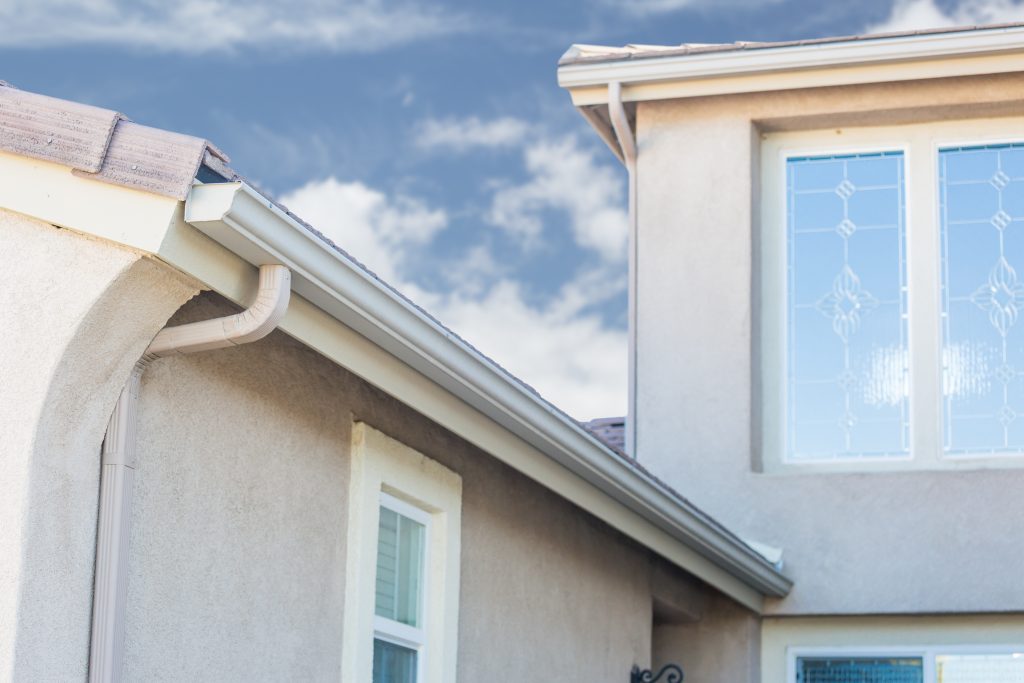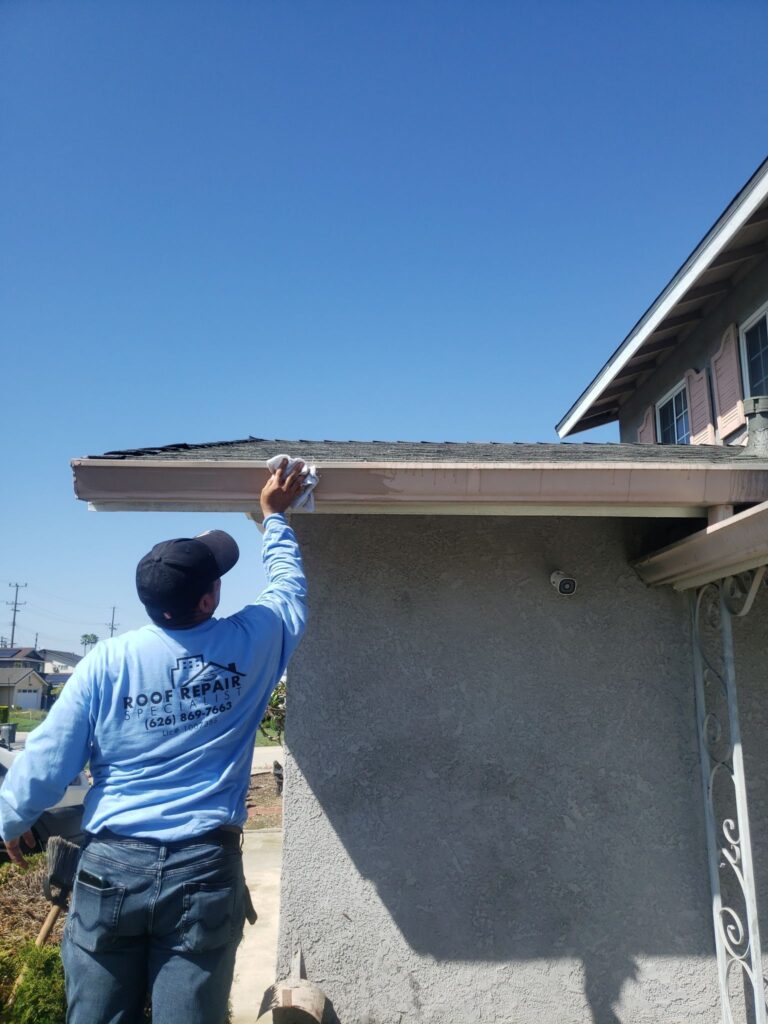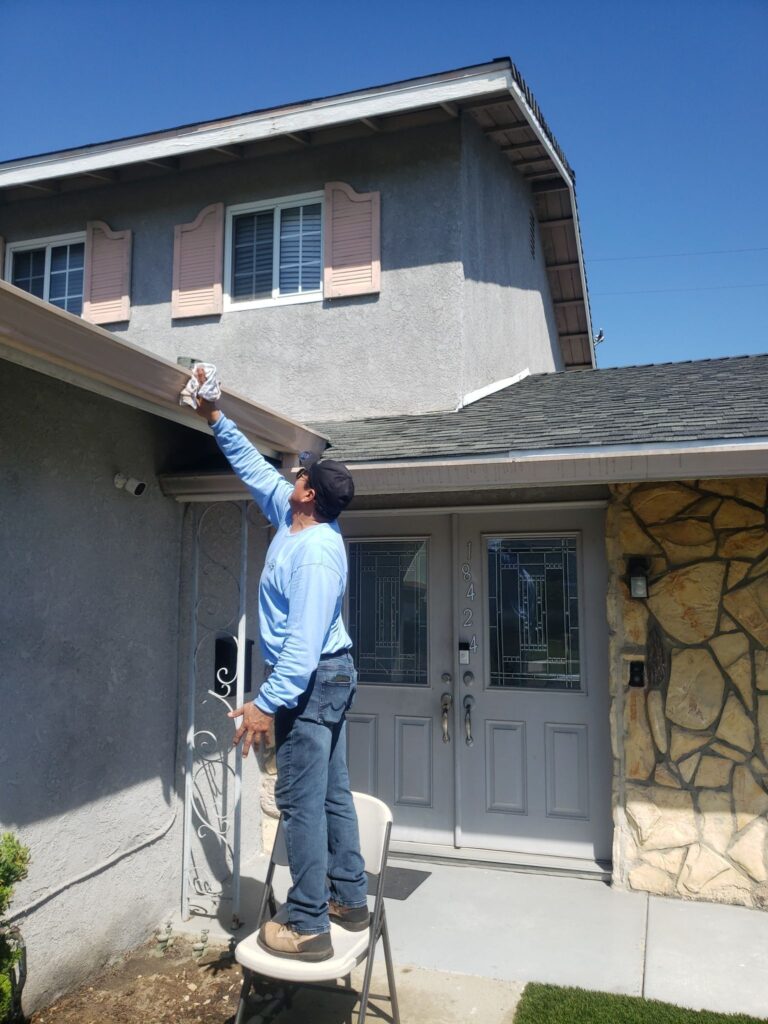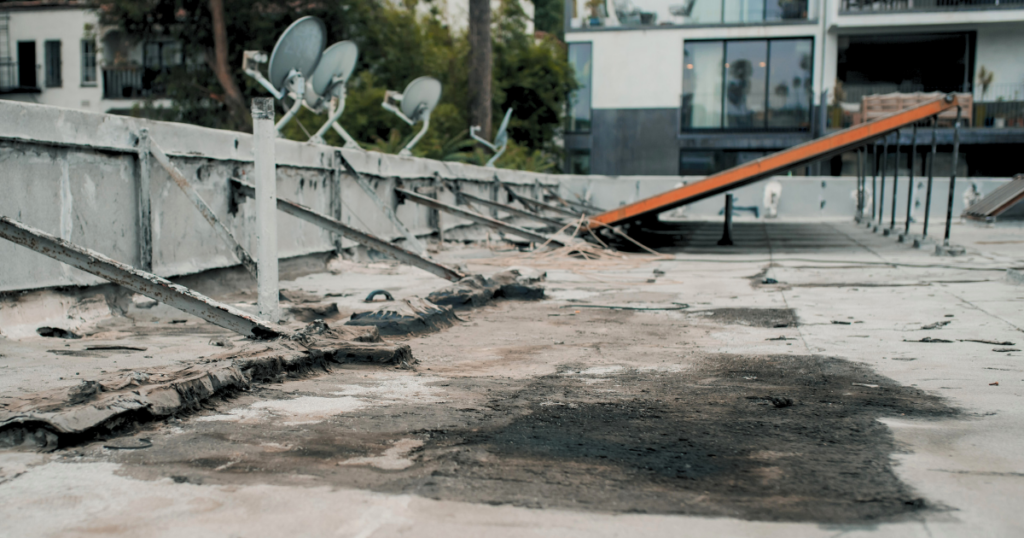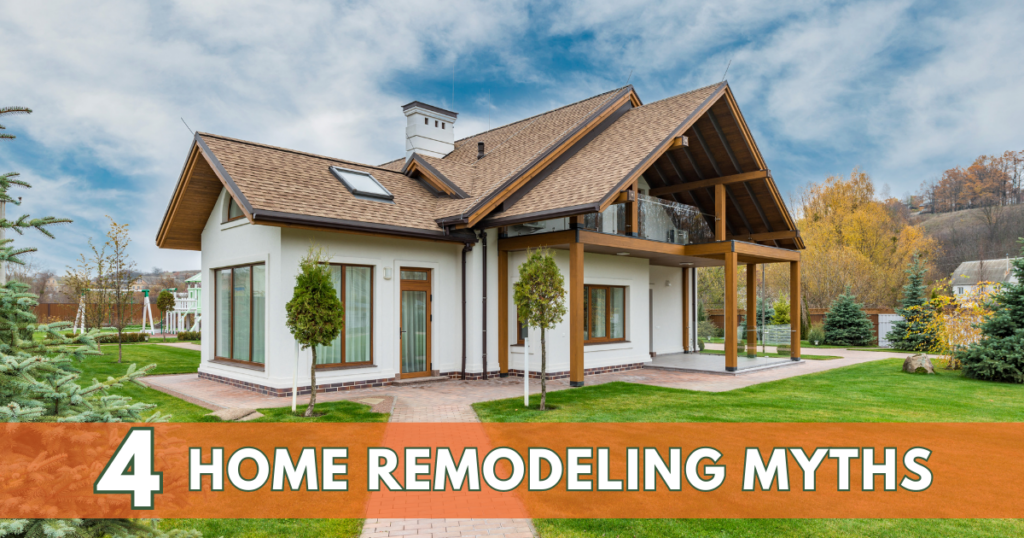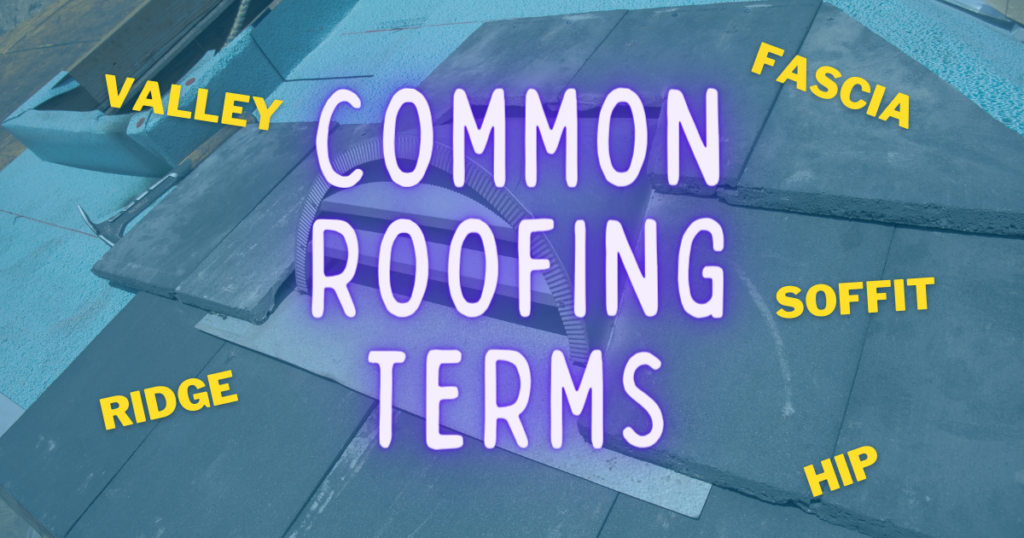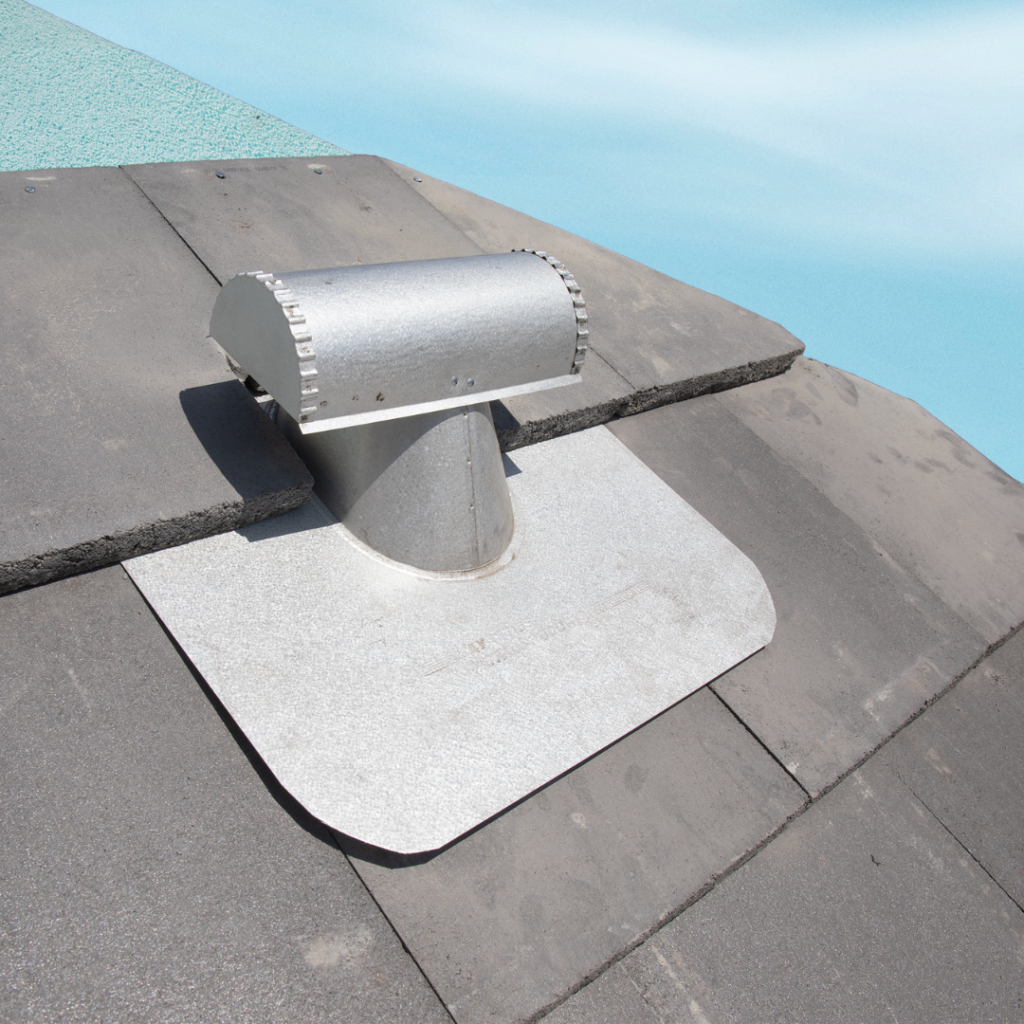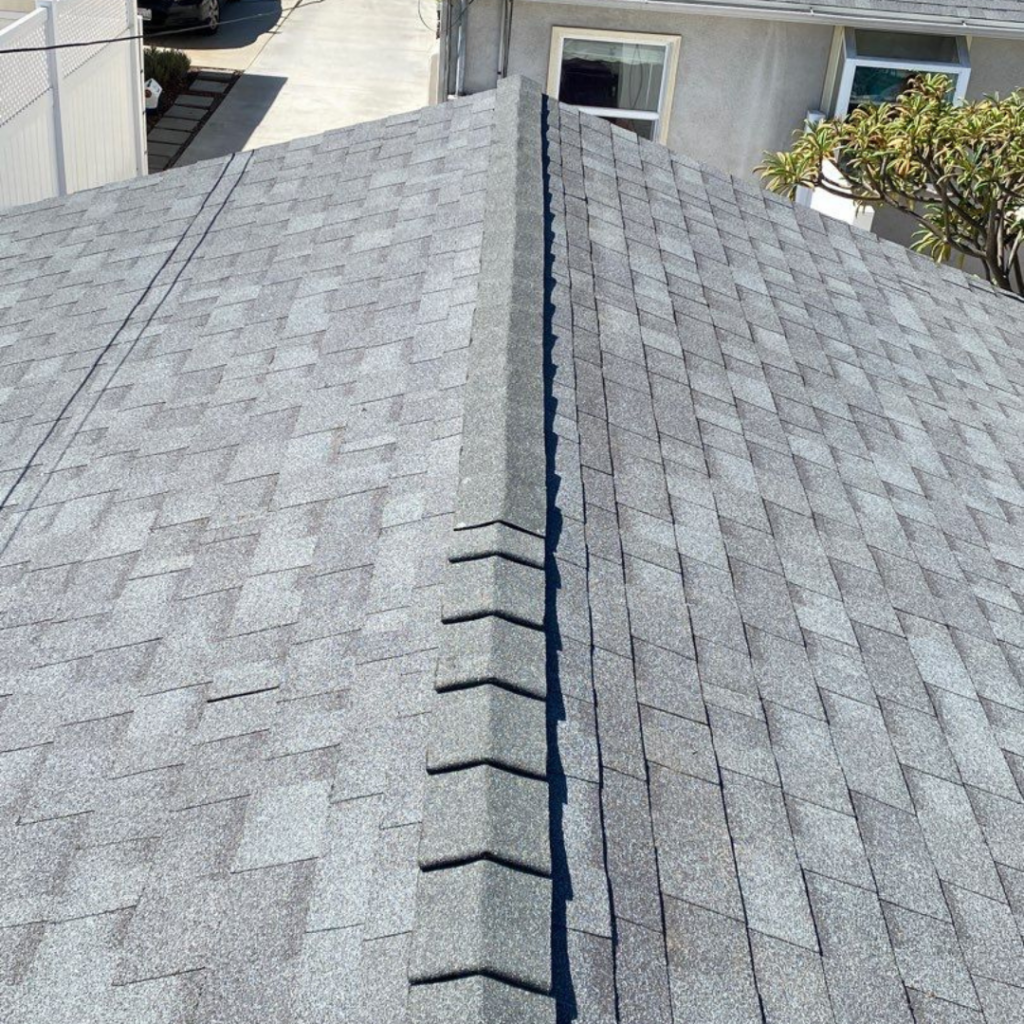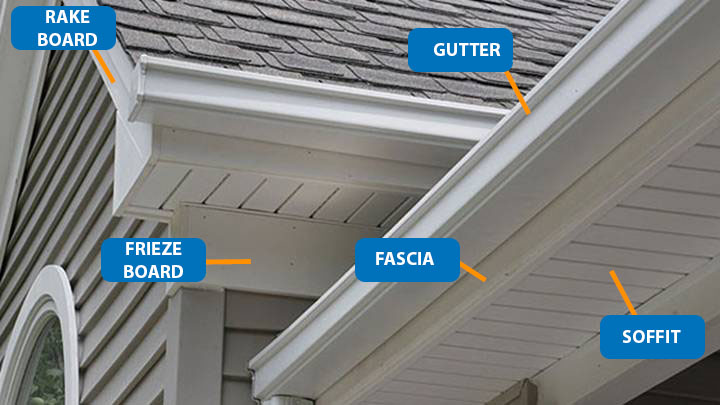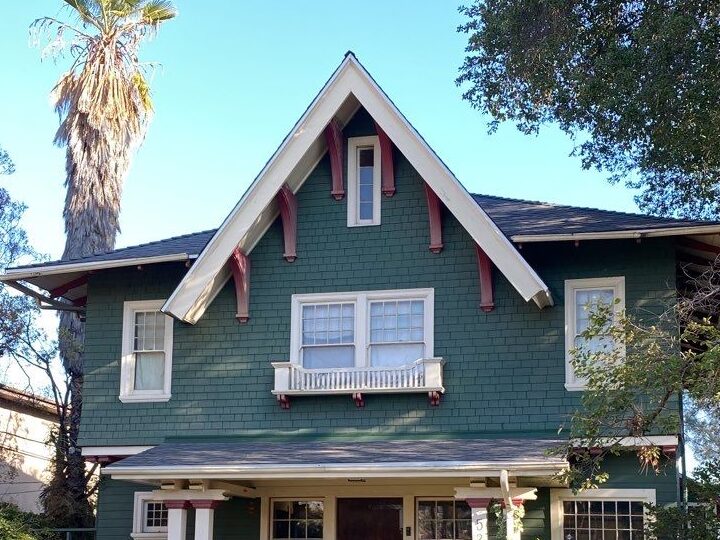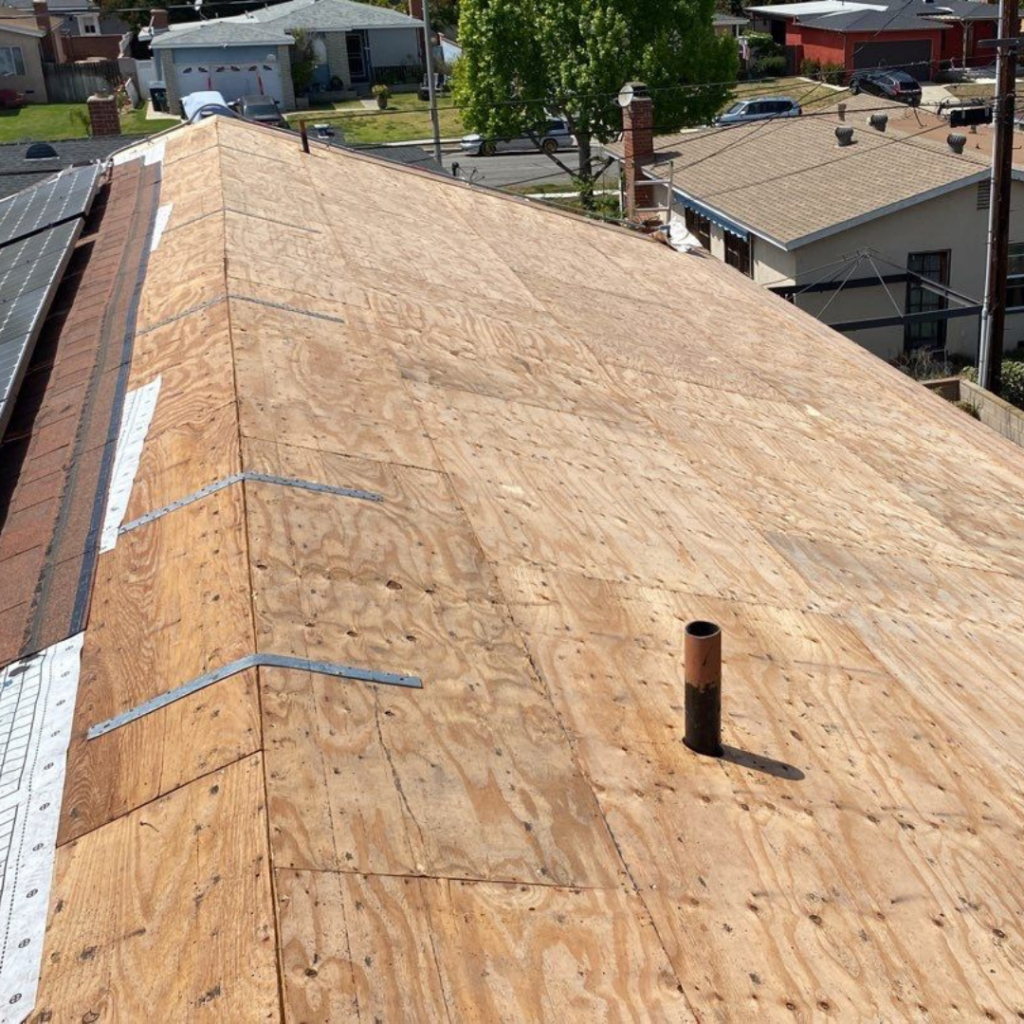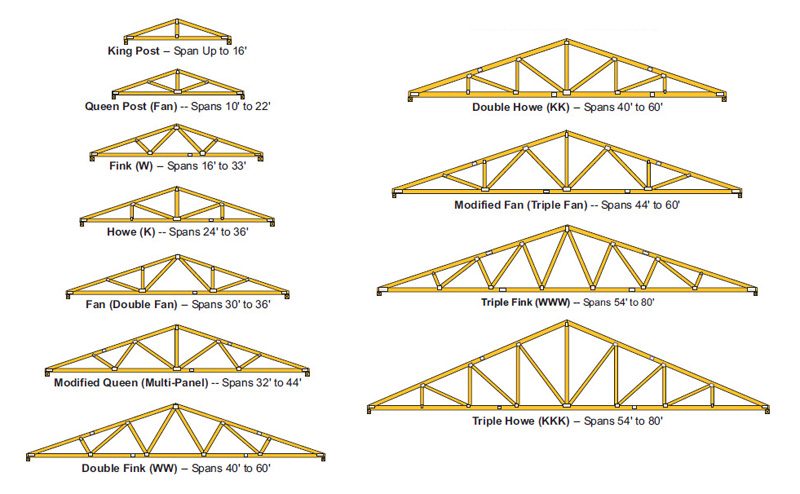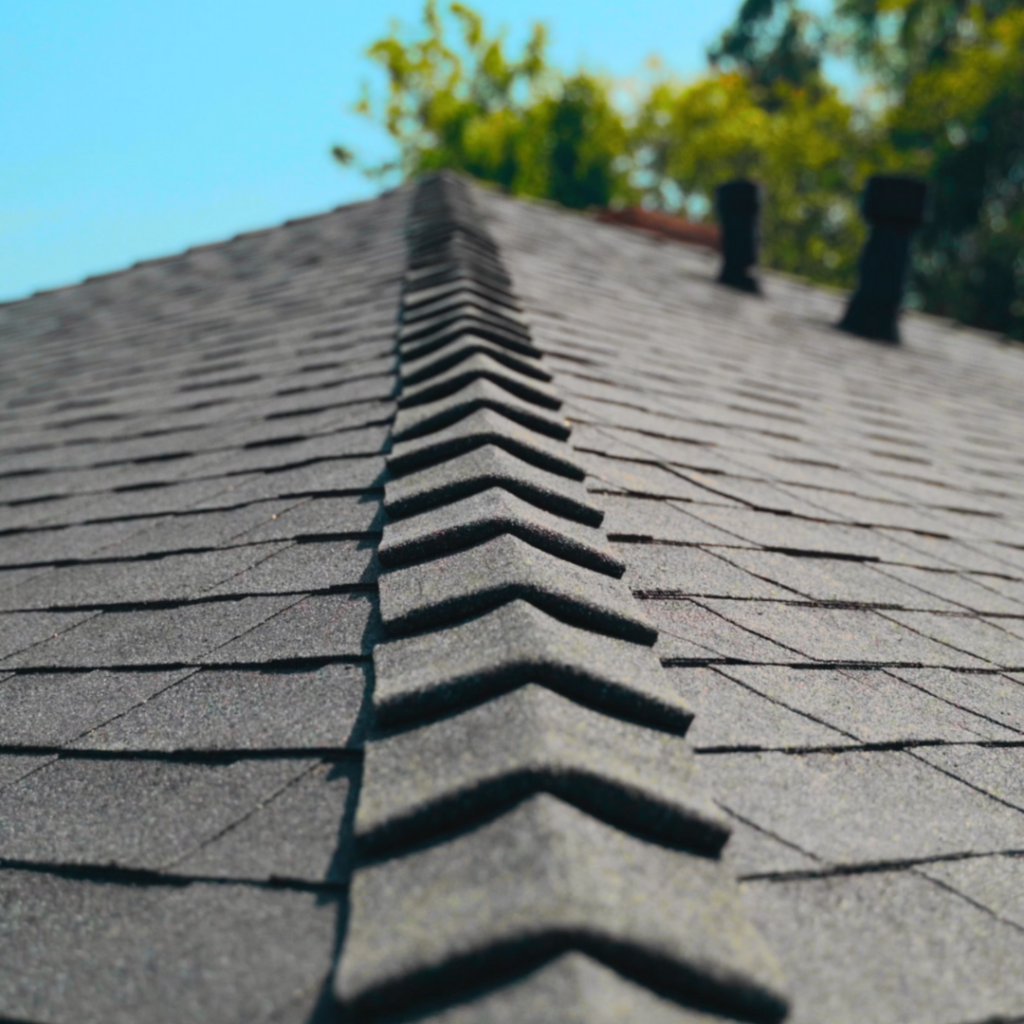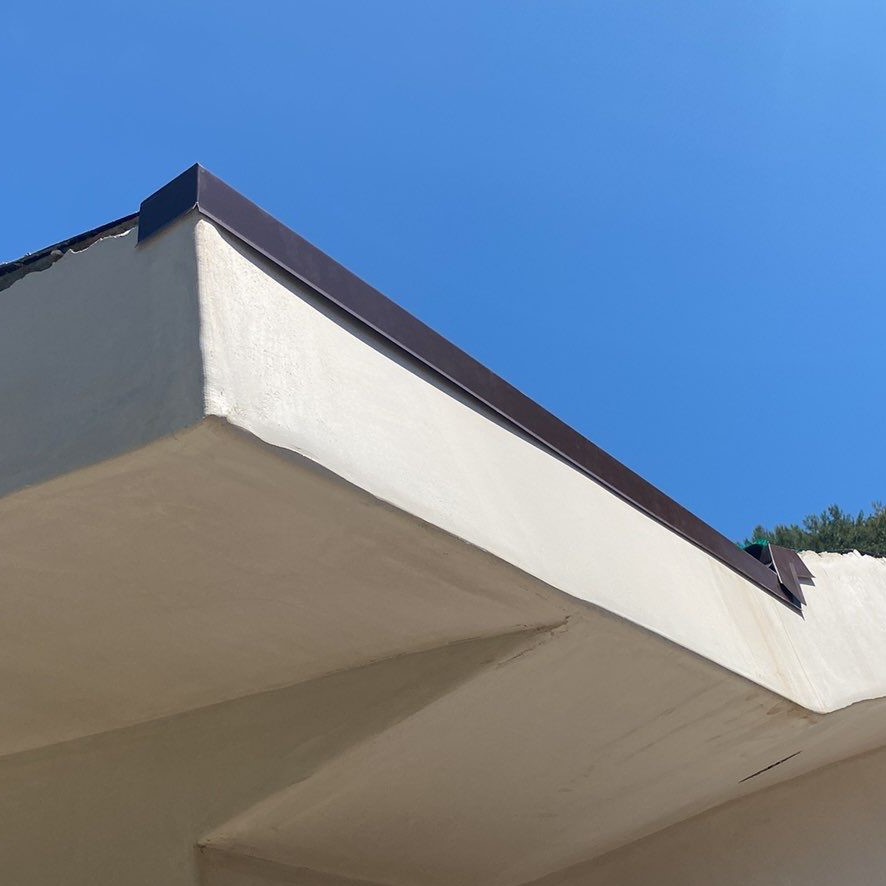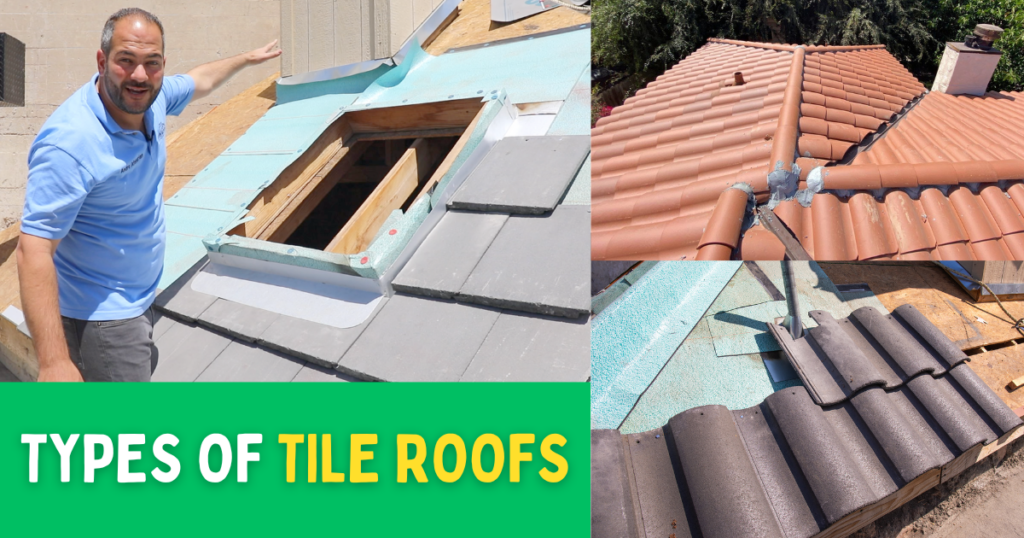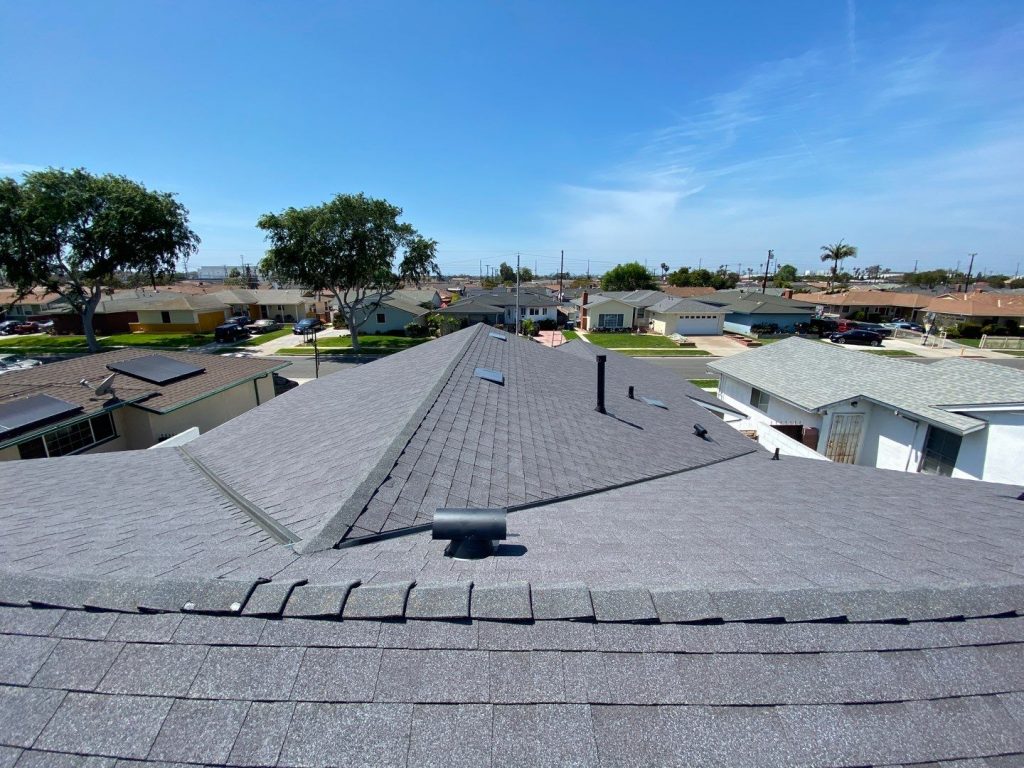
Roof installation in Los Angeles comes with a variety of choices, like which materials to use to protect your home. Whether you’re looking to save money or increase your property’s curb appeal, it’s important to know the differences between various materials.
Take a look at which materials are most commonly used in Los Angeles and what the pros and cons of each choice are. There’s a perfect new roof for everyone, be it a simple replacement or an aesthetic overhaul – you just have to know your options.
Asphalt Shingles
Any Los Angeles roofer will tell you that asphalt shingles are the go-to roofing materials for homes. This material is durable, affordable, and effective.
Modern asphalt shingles hold up well to heat and strong sun. Some brands are also moderately fire resistant.
The downside to this affordable option is that it won’t last as long as others – about 20-25 years with proper maintenance. While the shingles are durable, consistent extreme weather is likely to tear off a few shingles over time.
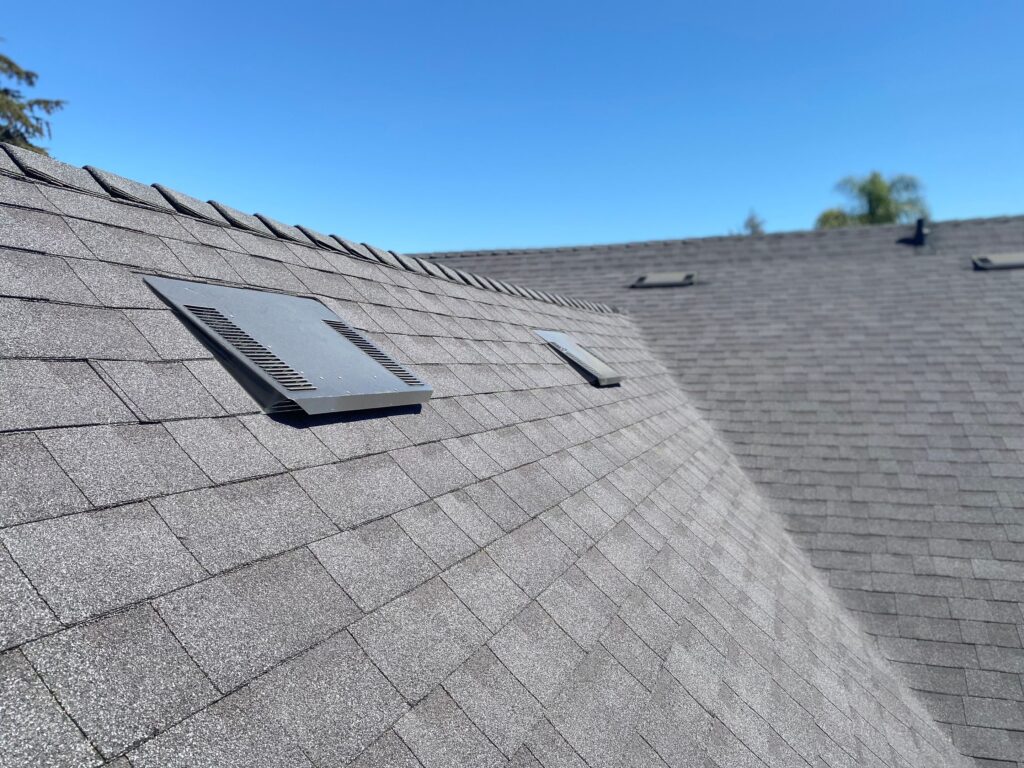
Metal Roofing
When coated with reflective paint, metal shingles can be used to create an energy-efficient cool roof. Metal is a durable material that is also low-maintenance. While the price might be steeper than traditional asphalt shingles, you can’t beat the results.
A metal roof also has a much longer lifespan than asphalt shingles, lasting up to 50 years with minimal maintenance.
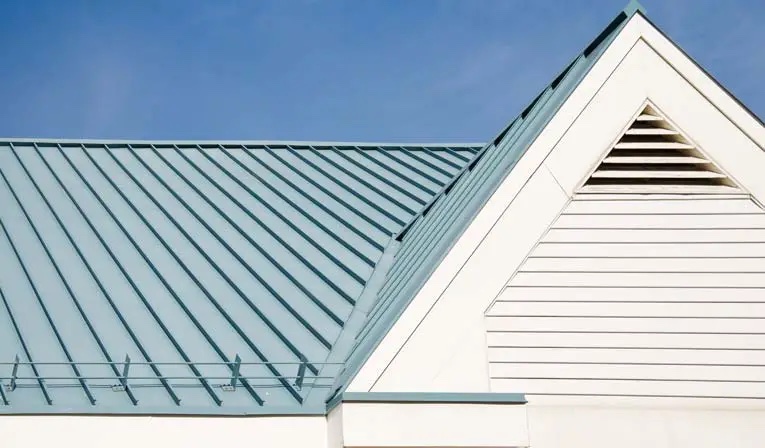
Clay Tiles
The classic and aesthetically pleasing look of clay tiles is a Los Angeles staple. While your Los Angeles roofer will advise you that clay tiles are more expensive than other options, the results speak for themselves.
Clay tiles are built to last and withstand the elements in warmer environments. They’re also highly fire resistant – a must in Los Angeles County.
As a downside, windblown debris can chip, crack, and damage the tiles. Replacing them can be expensive due to the quality of the material and the amount of labor involved.
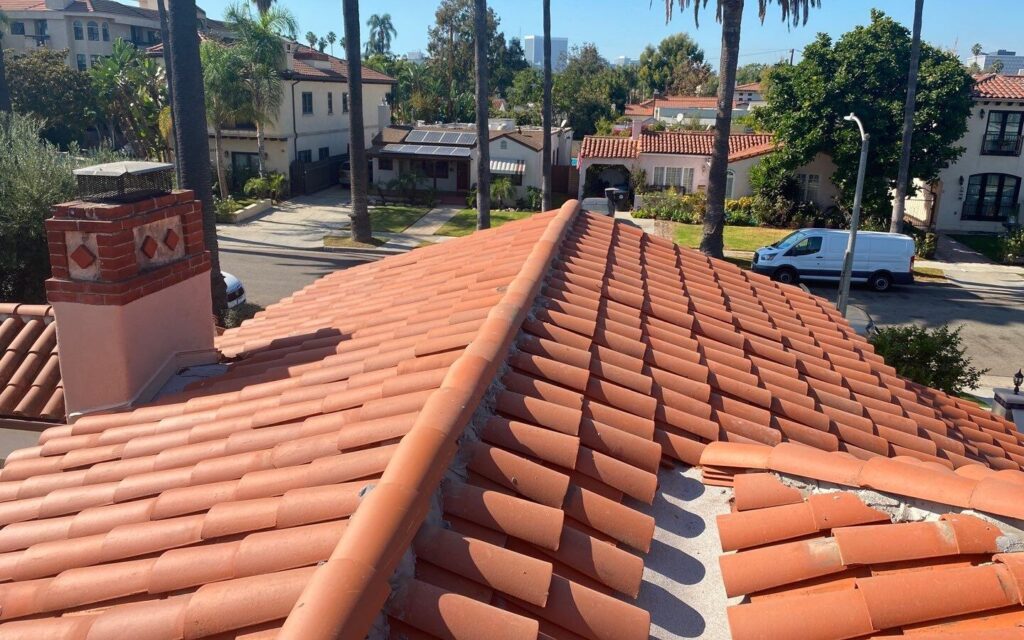
Green Roofing
A roof covered in a lush layer of green with shrubs and flowers may not be the first image that comes to mind when you think of Los Angeles roofing. However, it’s a viable way of protecting your home and giving back to the environment.
The two main benefits of this roofing style are the aesthetic appeal and the potential tax breaks.
The downsides are that it’s a significant investment and may require additional structural support due to the weight. Having the roof come crumbling down and spilling dirt and water everywhere is not ideal. Maintenance and frequent watering to keep the roof healthy are also valid concerns.
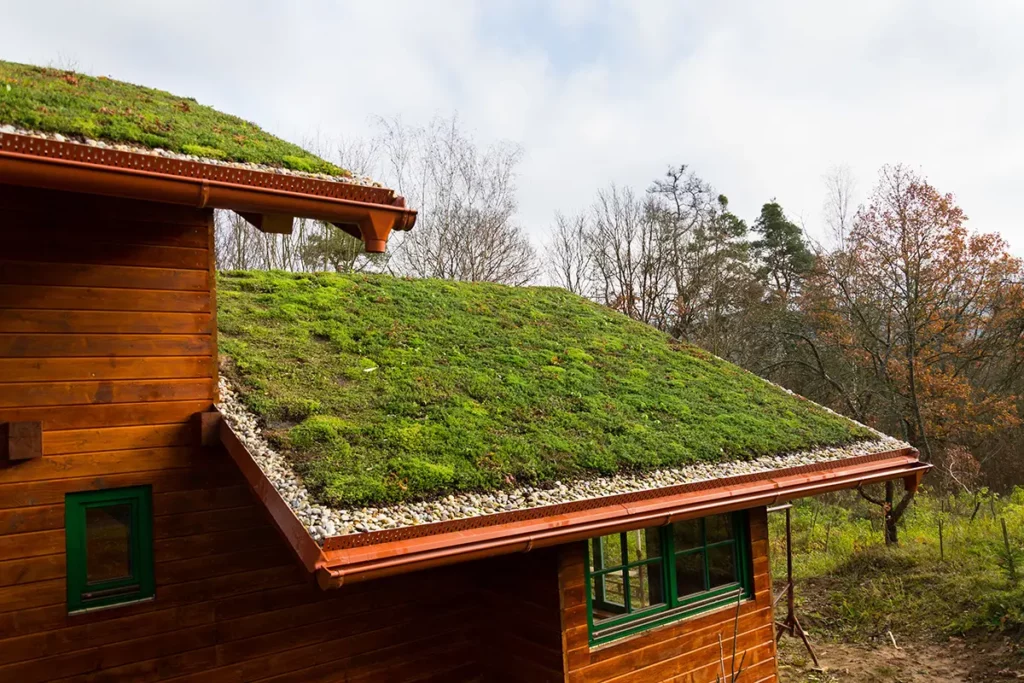
Final Thoughts
Overall, the best type of roofing depends on your specific home and tastes. Budget-friendly options like asphalt shingles can still be durable and energy efficient, while the more luxurious choices such as clay tiles may be best for homeowners who have a certain style in mind.
If you need roof installation in Los Angeles, your best bet is to contact a top local roofing company for assistance. Professional roofing contractors will be more than happy to help you choose the best type of roof for your needs and budget.

